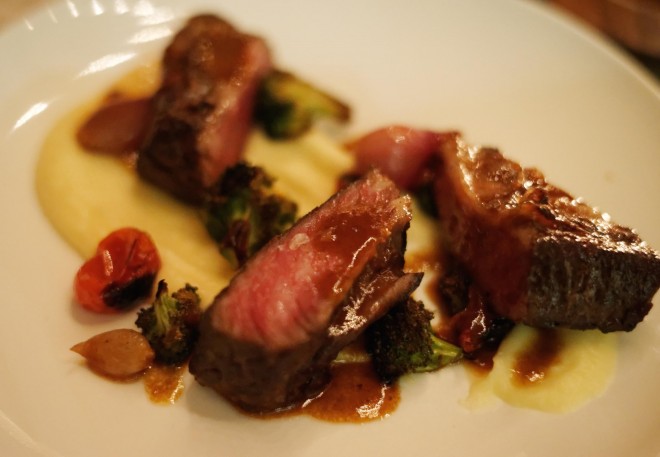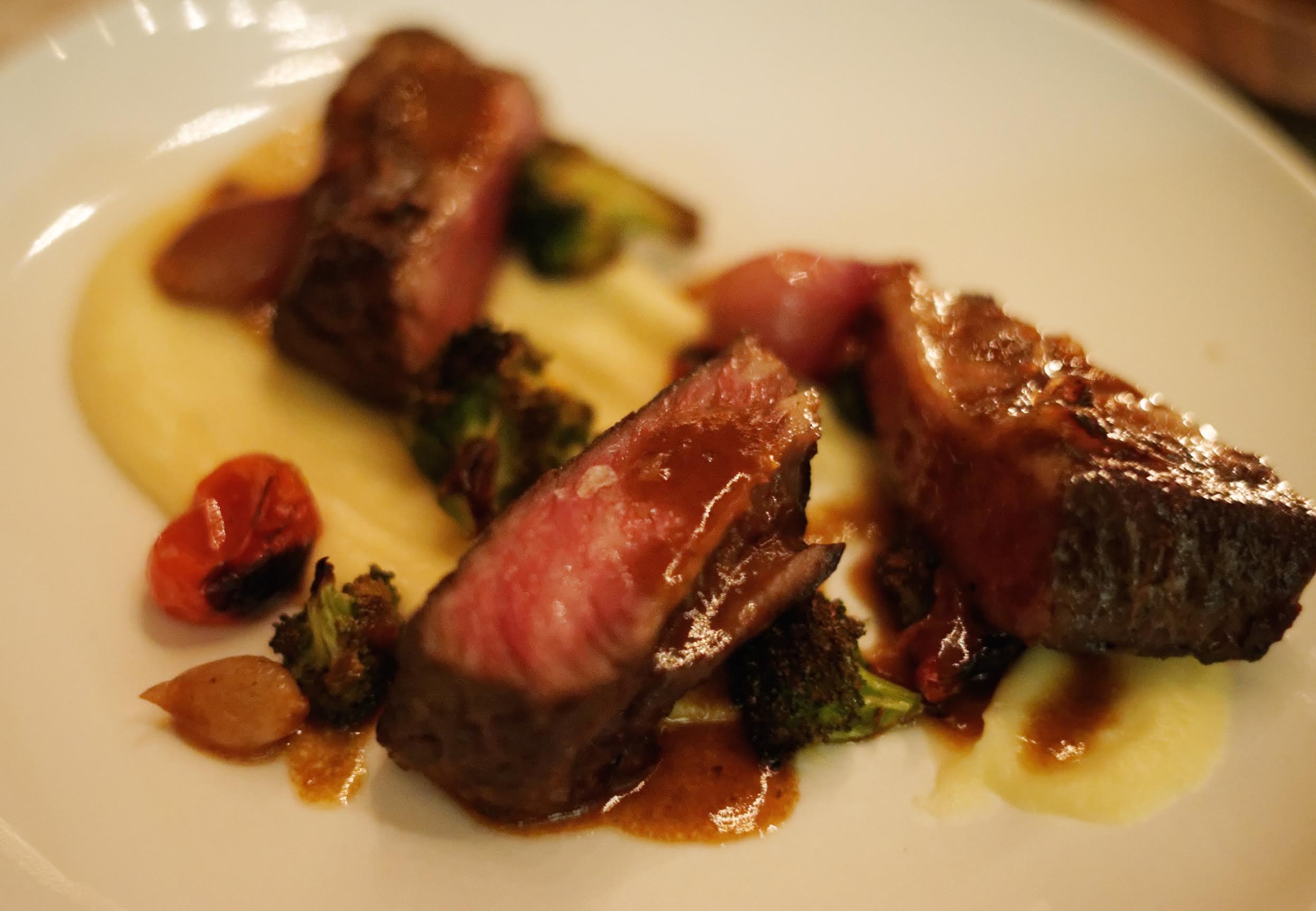
Better late than never—or, in my case, better late than having to wait. I’m reviewing Tim Ho Wan some eight months after the more determined food writers braved the long queues when the famed Michelin-star Hong Kong restaurant first opened in Manila.
It’s worth noting that the place didn’t get famous for having the best barbecued pork buns in the world, but rather as the cheapest restaurant to ever get a Michelin star—an honor that it has ceded to a more cheaper resto since last year.
The more cynical might see Guide Rouge’s choice as a desperate attempt to make itself relevant in the age of travel website TripAdvisor; perhaps Guide Rouge wants to distance itself from its image of celebrating only expensive, mostly French establishments.
A hole-in-the-wall dim sum place deserving of one of those coveted rosettes that many French chefs within the establishment work for decades to get? And what do Michelin inspectors know about good dim sum, anyway?
Much of the furor in 2009, when the unlikely little canteen in the backwaters of Kowloon got its Michelin star, came from the establishment and the locals. A Michelin star is hard to get; even the venerable La Tour d’Argent, an expensive Paris restaurant, has only one star these days.
But the greatest outrage came from people in Hong Kong, who collectively dumped on the decision. For them it seemed like a random decision by a foreigner who, say, happened to eat sisig for the first time at Aling Pacing’s carinderia in Marikina, and then went on to give it an international award. The foreigner, of course, has no idea that the best sisig could be had at Trellis. Or, with a time machine, at Aysee.
Hype over reason
The meteoric rise of an unknown eatery to worldwide fame represented, for some, everything that was wrong with the food world: the triumph of hype over reason; the rabid, hyperventilating crowds who went to whichever restaurant was “hot” for the sake of its heat; the absence of clear standards as to what constitutes good food these days.
The fact that, five years later, it is now an extremely lucrative regional franchise, makes it even more of a punching bag for traditionalists.
Modern pop psychologists have a term, “cognitive dissonance,” to the brain that tries to reconcile two different ideas: “I bought this car for P9 million and everyone wants one”; so if you’ve bought one, even if it doesn’t feel that way at first, you decide it’s the greatest car ever made. (Otherwise you’re just someone with more money than sense swayed by canny marketing.)
So it is with restaurants: all that hype, the long queues, the Michelin star; so, it must be good! And while not claiming to be immune to my brain working backwards so that things make sense to me, I would like to add my voice, as impartial and skeptical as I try to be—that these are really quite excellent buns.
Beancurd skin rolls
All the hype actually gets in the way of what the place is, and which is something that the city badly needs: a nice, reasonably priced canteen that serves Cantonese food to the same exacting standards that the locals of Sham Shui Po would be accustomed to, which is basically what Tim Ho Wan is.
The pork buns were my least favorite thing on the menu; I particularly enjoyed the cheong fun, subtly flavored with just the right amount of bite and bounce to the steamed rice wrapper.
The beancurd skin rolls are also exemplary, as are the shrimp and pork dumplings. I’m not so much a fan of what is locally known as “malay ko,” not an admission of not knowing so much as a cake, Malay-style, so I may not be the best person to judge.
The queue, although long, goes fairly quickly, and there are chairs to scoot your butt along while waiting. And the prices are, well, true to the hype: not exactly giving food away, but one pays this several times over to get far more mediocre food at hotel-grade Chinese restaurants. But you probably know that already, since I seem to be the last person left who hasn’t tried it.
One of the greatest pleasures about writing these reviews is being able to change one’s opinion about something; and I am happy to do so about a restaurant that I formerly gave a lukewarm reception to, The Hungry Hound. Not only has it gotten rid of the boring, me-too stuff on the menu, but the new dishes manage to maintain the gastropub theme while transcending it.
I had 36-hour braised shortribs, one of the best dishes I’ve had at any restaurant lately. With a plate of duck-fat fries, it’s the kind of meal that can turn a Friday after-work meal into a proper introduction to the weekend.
Even if there are lots of new places to check out, finding an old one much improved is equally newsworthy. Good things come to those who wait.
Tim Ho Wan is at G/F, SM Fashion Mall, Mandaluyong City; no reservations.
The Hungry Hound is at G/F, Globe Tower, 32nd St., Bonifacio Global City. Call 0917-8769999.














































